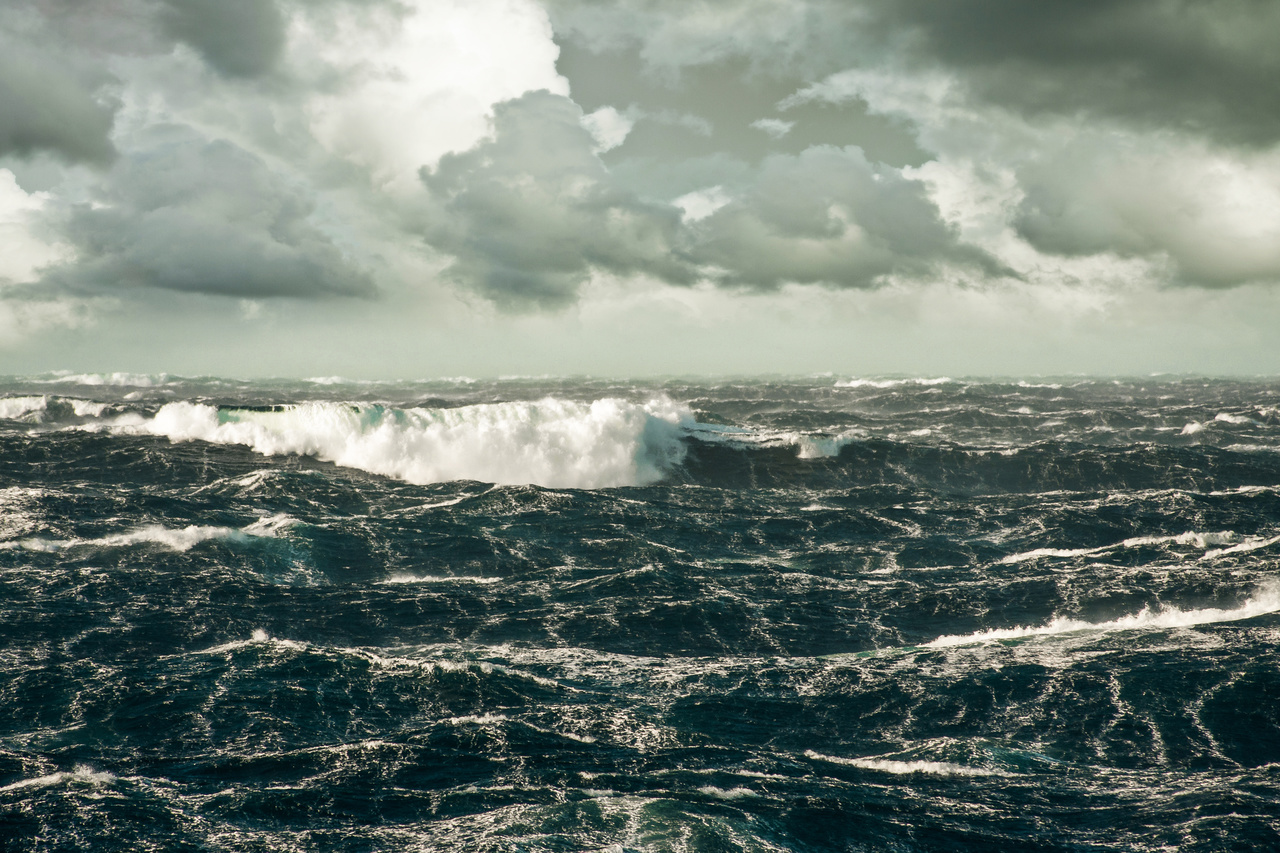The wave climate data from the Southern Ocean site is now available via the AODN Portal.
The New Zealand Defence Force (NZDF) routinely operates in the Southern Ocean, with their crews experiencing large waves which are often poorly forecasted.
To improve the safety of their sailors at sea the NZDF are working in partnership with the academic community to improve forecasts in the area. Moreover, the NZDF is currently engaged in a shipbuilding programme which requires a detailed understanding of the wave climate for sea keeping analysis and ice belt design.
Unlike other regions, the Southern Ocean has limited ship traffic and consequently there is a scarcity of wave observations from volunteer observing ships. The difficult conditions and remote location have resulted in limited scientific measurements of the wave climate.
The NZDF have been working to fill this knowledge gap since February 2017 by measuring waves in the Southern Ocean near Campbell Island.
The NZDF have conducted three deployments at the site (52°45.71′S, 169°02.54′E), with data from two of the three deployments available via the AODN Portal. The data has been added to a pre-existing data collection on the AODN Portal, forming part of the Waverider Buoys Observations – Australia – Delayed (National Wave Archive) collection. Once the QA/QC has been completed on data from the third deployment it will also be available via the AODN collection.
IMOS with our collaborators such as the NZDF, looks to provide observations for the operational needs, safety and efficiency of marine industries, particularly those who patrol and transit the oceans for security, by making data available on the AODN Portal.
History of the deployments
The Southern Ocean is known for being quite treacherous, possibly resulting in the three deployments to date;
- The first was deployed by HMNZS OTAGO on the 8th of February 2017. On the 20th of May 2017 it recorded its maximum wave height of 19.4m, it then broke free on the 28th of July 2017, and was not recovered. To find this data filter on Site name: Southern Ocean Wave Rider Buoy on Step 2 of the AODN Portal.
- The second deployment by HMNZS WELLINGTON occurred on the 2nd of March 2018, the highest wave it recorded was 23.8 m on the 9th May 2018, then on 27th of July 2019 the battery stopped. To find this data filter on Site name: Campbell Island Wave Rider Buoy on Step 2 of the AODN Portal.
- The third deployment installed by HMNZS CANTERBURY on the 23rd November 2018, collected data onsite until it broke free on 11th June 2020, maximum wave height during operation is still to be assessed.
View footage of the RNZN Vessel HMNZS Otago sailing through a storm in the Southern Ocean.
Feedback and questions regarding the Wave buoy data or any product available via the AODN Infrastructure, are always welcome, please send to info(at)aodn.org.au
This news item was written in collaboration with New Zealand Defence Force Staff
